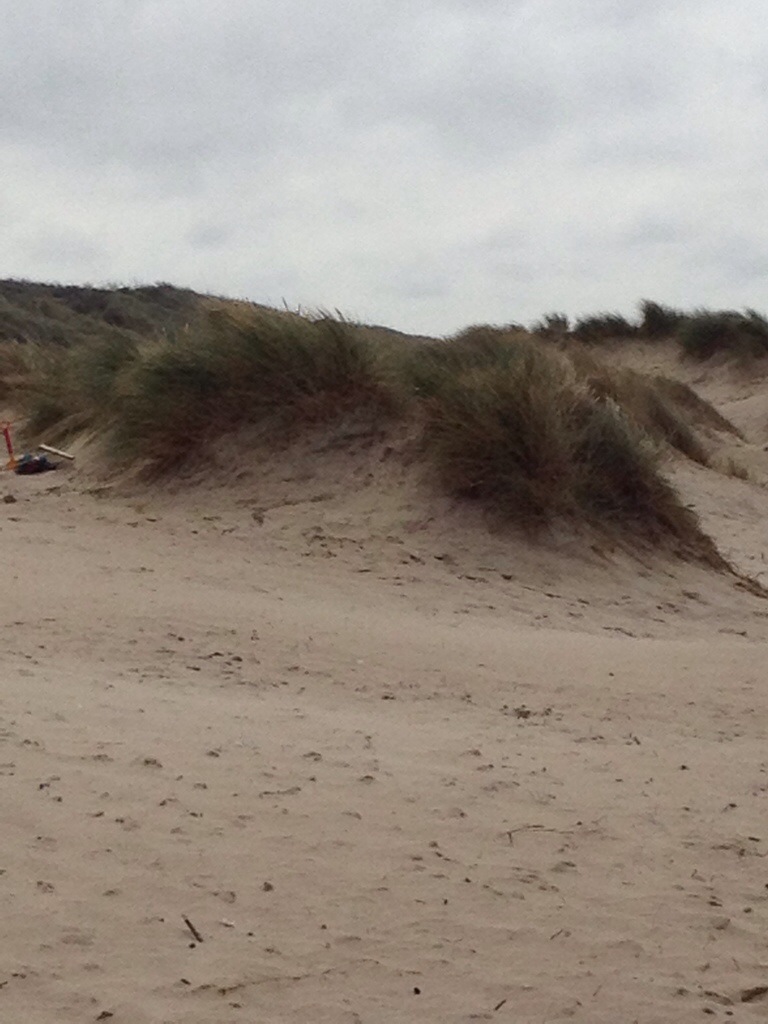 Recently I was asked to develop a Mindful Leadership Programme for women. You might ask why women need a specific program. Well, being a woman myself and having worked internationally in various industries for many years, I have to say that I very often needed specific skills and competences. Actually, many of the women I worked for and with did so too.
Recently I was asked to develop a Mindful Leadership Programme for women. You might ask why women need a specific program. Well, being a woman myself and having worked internationally in various industries for many years, I have to say that I very often needed specific skills and competences. Actually, many of the women I worked for and with did so too.
Be it self-confidence or resilience, the capacity to be patient and take a project to the very end, dealing with emotions in an appropriate way, learning to lead using emotional intelligence and empathy (and that it is completely ok to do so)… and much more.
As women, we also often wear various different hats, juggling between priorities, needs and tasks. Usually, we end up putting ourselves last on the list of people and things to take care of. Right?
But in fact, I am no “super woman” and I don’t have multiple pairs of hands and heads. Instead, I had to learn to listen to myself and to grow into the different roles life made me play. And actually, if I look around the world, I feel very grateful that I have had the chance to receive an education simply because I grew up where I did. Many other women did not get the same opportunity, unfortunately…
I hence decided to put up a Mindful Leadership program for women in form of modular workshops. Depending on the target audience and the respective backgrounds and experiences, self-awareness (management) and self-leadership, interpersonal and intercultural communications as well as presentation and relationship management will be accompanied by dialogue, learning and discussion groups. Stillness, inner reflection and other mindfulness based techniques will be woven into the program in order to allow for the best possible outcome for the participants.
Leadership is firstly about being able to lead yourself in whatever situation you might be in; secondly it is about leading others, unselfishly and compassionately so that goals can be reached together, in co-creation. By doing that, one “eye” always keeps looking at oneself, whereas the other is looking at the people in front as well as the organizations or structure as a whole.
Interested to learn more? I am just a click away…
Jenny



 “I walk down the street.
“I walk down the street.





 Do you know what VUCA means? No? Well, not so long ago, I didn’t either, rest assured!
Do you know what VUCA means? No? Well, not so long ago, I didn’t either, rest assured!